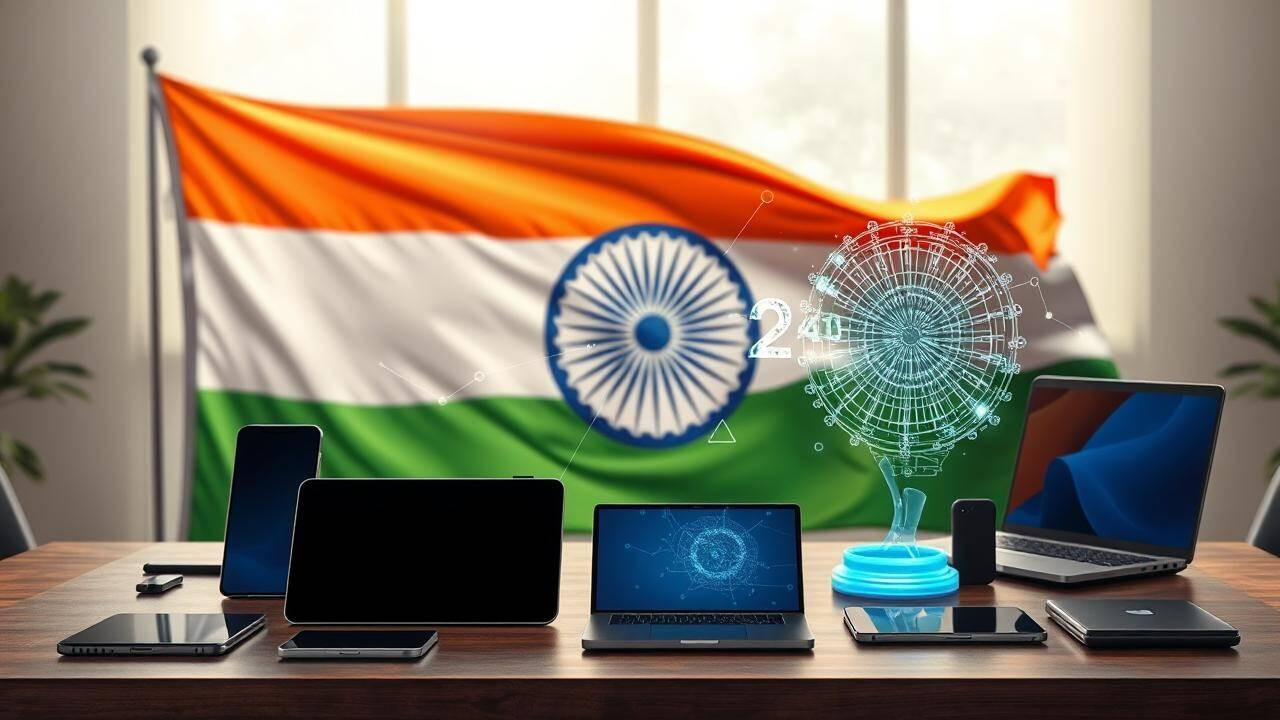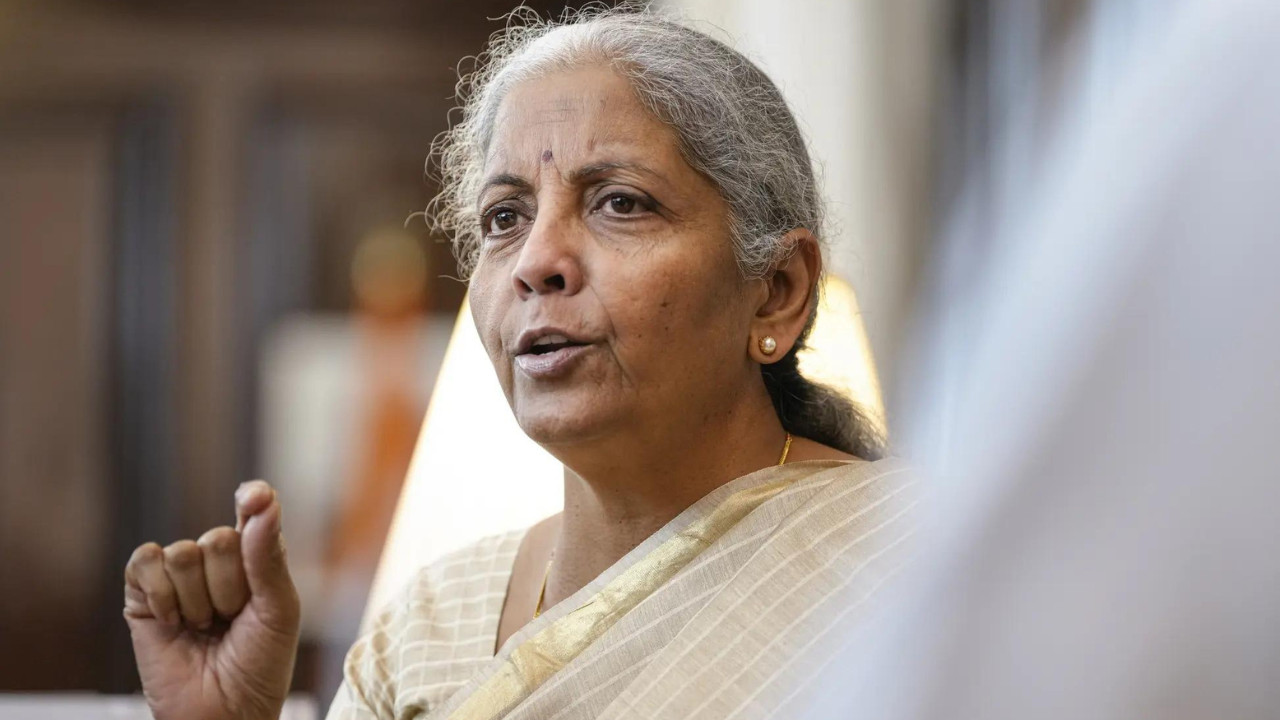Peeking Behind the Nuclear Curtain: Where Does India Stand?
Let’s be honest, nuclear weapons are a grim reality. They’re a subject most of us would rather avoid thinking about, conjuring images of mushroom clouds and geopolitical nightmares. But ignoring them doesn’t make them disappear. So, let’s take a breath and dive into the complex world of nuclear arsenals, looking particularly at where India stands in the global landscape.
Recently, I stumbled across some fascinating data outlining the estimated nuclear weapon stockpiles of various nations, and it got me thinking. It’s not about celebrating or glorifying these weapons; it’s about understanding the power dynamics at play and acknowledging the risks we collectively face.
First things first, let’s acknowledge the elephant in the room: the US and Russia. These two giants absolutely dominate the nuclear landscape. With thousands of warheads each, they hold the overwhelming majority of the world’s nuclear firepower. It’s a legacy of the Cold War that, despite years of arms reduction treaties, still casts a long shadow. The sheer scale of their arsenals is frankly staggering, making any discussion about nuclear disarmament a monumental task.
Now, where does India fit in? According to recent estimates, India possesses a significantly smaller nuclear arsenal compared to the big two. Numbers fluctuate depending on the source, but the general consensus places India with a stockpile in the hundreds. This puts India firmly in the group of “middle-tier” nuclear powers, alongside nations like Pakistan, China, and, presumably, Israel (more on that in a bit).
Speaking of Pakistan, the rivalry between the two nations adds a particularly tense dimension to the nuclear equation. They’ve been locked in a series of conflicts and near-conflicts for decades. The fact that both possess nuclear weapons undeniably raises the stakes, introducing a level of deterrence (or mutual assured destruction, depending on how you look at it) into the mix. It’s a precarious balance, and one that demands careful diplomacy and restraint from both sides.
China’s nuclear posture is also noteworthy. While possessing a larger arsenal than India and Pakistan, China has historically maintained a “no first use” policy, meaning they pledge not to use nuclear weapons unless attacked first. However, some analysts question the steadfastness of this policy, especially given China’s growing global influence and military modernization.
Then there’s Israel. The article deliberately mentions them in a somewhat evasive way, and for good reason. Israel has never officially acknowledged its nuclear weapons program, maintaining a policy of “nuclear ambiguity.” Despite this, it’s widely believed that Israel possesses a significant number of nuclear weapons. This ambiguity adds another layer of complexity to the already volatile Middle Eastern region. It forces other nations to make assumptions and calculations based on incomplete information, which is never a good recipe for stability.
What does all of this mean for India? Well, it paints a picture of a nation situated in a complex and challenging geopolitical environment. Surrounded by nuclear-armed neighbors, India’s nuclear deterrent likely serves as a crucial element of its national security strategy.
But this comes with a hefty price. Maintaining a nuclear arsenal requires significant financial investment, diverting resources that could be used for development, education, and healthcare. Moreover, the very existence of nuclear weapons creates an inherent risk of escalation, whether accidental or intentional.
The bigger picture here is about global security. The fact that so many nations possess these devastating weapons highlights the urgent need for continued dialogue and disarmament efforts. The risk of nuclear proliferation remains a real threat, and the consequences of a nuclear conflict are simply too horrific to contemplate.
While the numbers and rankings provide a snapshot of the current situation, they don’t tell the whole story. The real challenge lies in finding ways to de-escalate tensions, promote transparency, and ultimately, work towards a world free of nuclear weapons. It’s a long and arduous journey, but one that is absolutely essential for the survival of humanity. Let’s hope that leaders around the globe recognize the gravity of the situation and prioritize diplomacy and cooperation over confrontation and arms races. It’s a gamble we simply can’t afford to lose.







